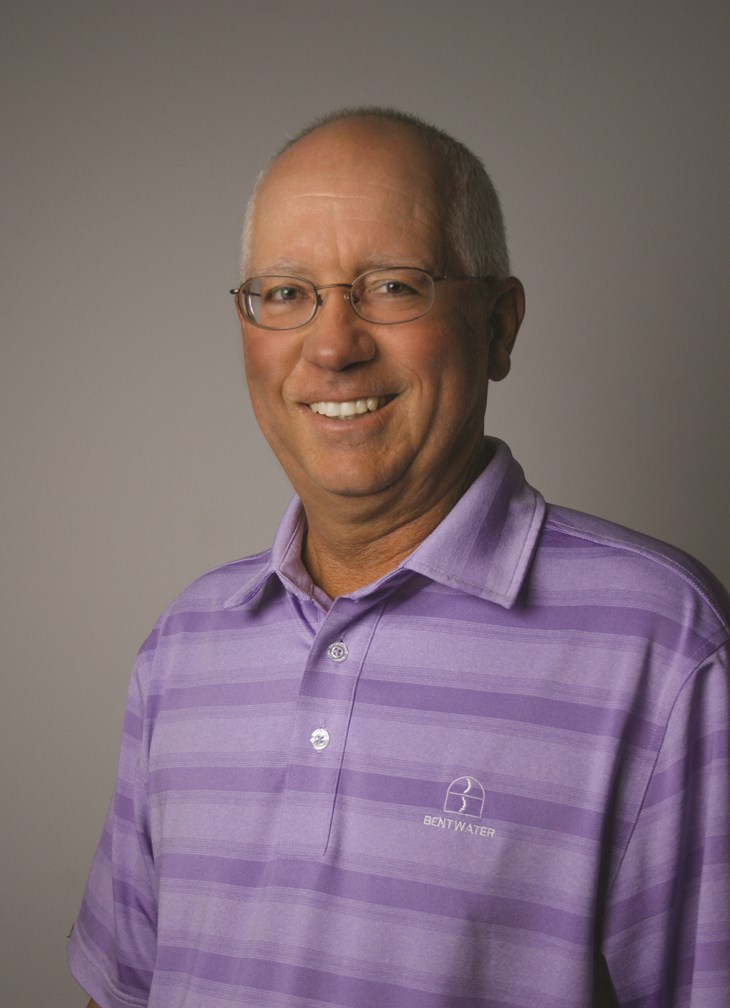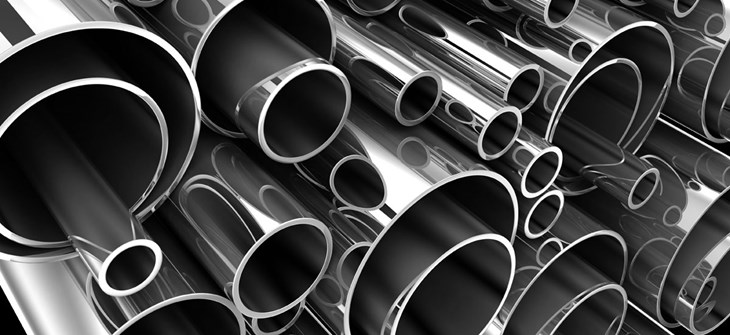Extensive experience
Ken began our conversation by explaining that he graduated with a B.S. from Rensselaer Polytechnic Institute (RPI), America’s oldest technological university, and started working as a Materials Engineer for Chevron USA in 1979. His first job with the company was working as part of a central materials group for downstream, refining and chemicals.
During his 11 years at Chevron he worked in the Richmond Refinery as well as the Port Arthur Refinery (when it was still owned by Chevron) and then, for a short time afterwards, upstream in New Orleans before leaving the company in 1990. He then worked as a Materials Engineer & Advisor with ARCO Chemical in Philadelphia before ARCO was first purchased by Lyondell and then by Basell to become LyondellBasell Industries.
“I ended up retiring back in June 2014. It lasted all of a week; I like to call it my week of retirement. After that, I went to work with Equity Engineering. We’re based in Shaker Heights, Ohio. It turns out I grew up on the west side of Cleveland and Shaker Heights is on the east side of Cleveland, so it’s kind of like coming home for me,” stated Ken.
He clarified that his current role with the company is as an “outside” consultant after having been an internal consultant for the first 35 years of his career. At E2G, we support refineries, petrochemical plants and related facilities. The work can be reactive, which means they have a problem and they call us in to help. Alternatively, it can be proactive to avoid problems. Reactive work examples are failure analysis jobs or supporting incident investigations. “I’ve helped a few clients with those situations. Examples of proactive work are crude oil corrosivity assessment, high temperature hydrogen attack assessments, damage mechanism reviews and Corrosion Control Documents (CCDs). CCDs are on many clients to do lists these days. E2G has done lots of them and we’ll be doing lots more.You could say that understanding damage mechanisms is at the core of our consulting business.”

Problem solving
Ken describes a recent day at work as having returned from supporting some of the company’s Risk-Based Inspection (RBI) internal business lines. He clarified he is often involved in assisting with the damage mechanism reviews for the RBI process.
His role also supports the company’s Equity Engineering Practices (EEPs), which are a collection of detailed and customizable Best Practices or standards that are integrated with customizable management system that are intended to meet the requirements of Process Safety Management (PSM).
Sometimes the RBI work does involve travel because he is supporting and assisting sites mostly located on the Gulf Coast. Therefore, some of the consulting and CCD work he is involved in might include several trips: one or two for the kick off meetings and then at least one more to wrap everything up. However, most of the actual work for these types of projects is completed within the office.
When asked about his favourite part of the job, Ken is quick to answer, “Well, working on problems is just what an engineer looks for, so that’s the most fun, when somebody has a real problem and you get to consult on that. I wasn’t doing nearly as much of that as I would have liked in the years prior to my ‘retirement’. So in a way working at E²G has been reinvigorating. Consulting on a challenging problem in a plant is great. My absolute favourite piece is process corrosion so working on CCDs is a lot of fun for me. Working damage mechanisms…I get fired up. It’s hard to imagine but it’s still true.”

Working with stainless steels
As a Materials Engineer he also finds it exciting working with different materials and over his entire career he has worked with many different types and grades of stainless steels in various capacities. He stated that in the refining sector there is a lot carbon steel as well as chrome-moly steels (chromium- molybdenum steels), which are often used for somewhat higher strength and higher temperatures. For the majority of corrosion related services, a grade from the 300-series stainless steels is often used.
He clarified that with the vast majority of refining, one could accomplish 98% of what needed to be done with carbon steel, chrome-moly steels and the 300-series stainless steels.
However on the chemical side, when strong acids are being manufactured and severe service environments are involved Ken asserted that is when an engineer will see the advantages of using reactive metals such as titanium and zirconium with the latter metal often used in acetic acid manufacture. When the very aggressive mineral acid hydrochloric acid is involved, alloys with high nickel and molybdenum content are commonly used and depended upon. These metals tend to be very expensive but are definitely not indestructible, which Ken maintained is the very reason it is crucial that they be properly deployed. That is exactly where a highly skilled and knowledgeable Material Engineer is essential.
On the topic of his experience with duplex stainless steels Ken explained that they were, “pioneered in Europe and have various niches where they do well. For instance, one of the earliest problems that was discovered with the 300-series stainless steels such as 304L, 321 and 316L is they are subject to a problem called chloride stress corrosion cracking where an environment alloy interaction leads to cracking under the application of stress. The duplex stainless steels were the first, and cheapest, upgrade to avoid chloride stress corrosion cracking (SCC).
They are not bullet proof, but in many situations they provide a pretty economical alternative. For SCC situations, duplex is a significant improvement over the workhorse stainless steel alloys. For corrosion resistance to many chemicals, the duplex stainless steels are a little better than 316L SS, but they don’t tend to be a lot better.”
Ken pinpointed that some of the challenges of working all these different types of stainless steels and corrosion resistant alloys is that with every new class of alloys that are developed and introduced to the market there is a steep learning curve for the Materials Engineer to master. Of course the alloy producers do a thorough job of testing the alloy and have the data to show for it but it can still fail when it gets installed in its end-use application. Then it comes down to properly welding and forming the material as well and that can be a very big challenge.
Regardless of these challenges associated with working as a Material Engineer or consulting clients about plant problems, Ken said he enjoys working with duplex stainless steel because “it is a different material to learn about.”

Working with hoses
In addition to his extensive knowledge about materials, Ken also has experience working with hoses and couplings.
He stated that the overall management of the hose itself is critical but often overlooked. That is the biggest challenge as Ken described, “hoses often don’t get much attention and that is problematic. There will be a hose available, so it will get used. The better operators have strict guidelines for purchasing and hose management, but there is very little maintenance that goes on in terms of hoses. People do not repair hoses. They are changed out and treated like a consumable. But enforcing proper hose management is crucial. First it’s getting the right hose specified, bought and correctly installed. Next it’s keeping track of it and storing it properly. Finally, it’s inspecting, testing and retiring on schedule. All of the steps have to be followed to ensure that hoses perform as expected.”


